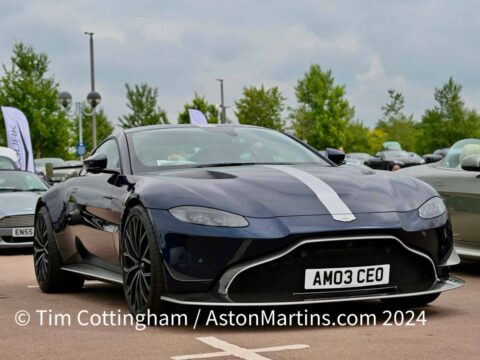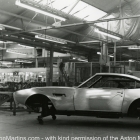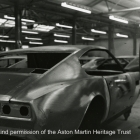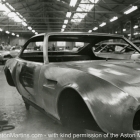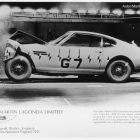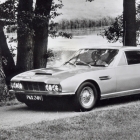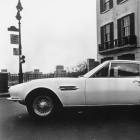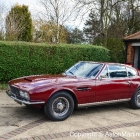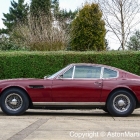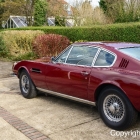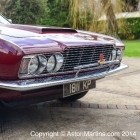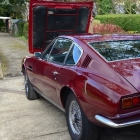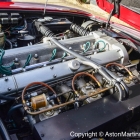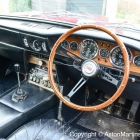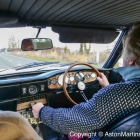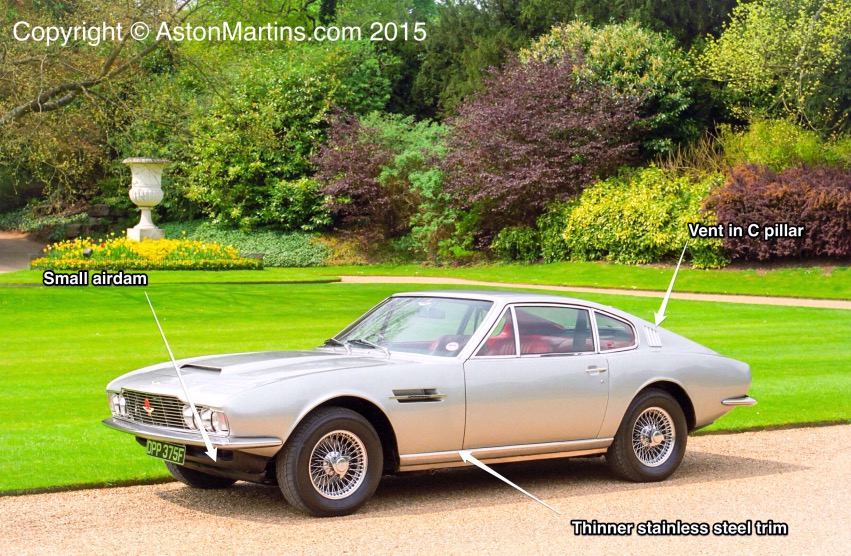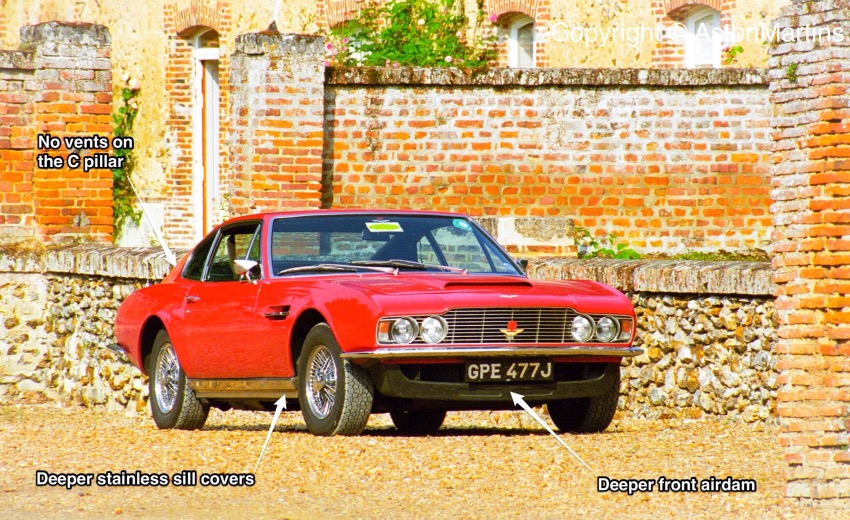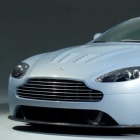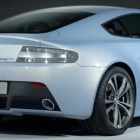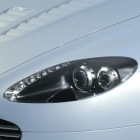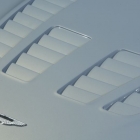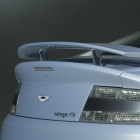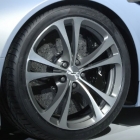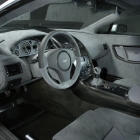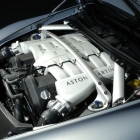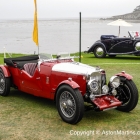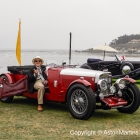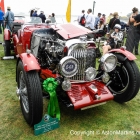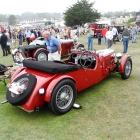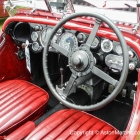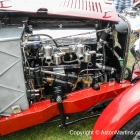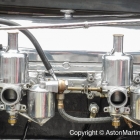DBS C by Touring
- 01/02/2013But, AML had also decided upon a new 170mph 2 seater sportscar to be unveiled at the 1967 London Motor Show, and again, Touring was invited to style the new vehicle, codenamed MP226. Two chassis were built, based on the DB6 chassis, but with de Dion rear suspension and capable of taking the forthcoming V8 engine. Unfortunately by mid 1966, the economy had taken something of a downward turn and demand for the DB6 had dipped considerably. So it was decided that one way to stimulate sales was to bring the new car to the Paris and London Motor Shows in September and October 1966 – one whole year earlier than initially planned. Needless to say, Touring had to work flat out so that an acceptable rolling shells could be displayed for the shows. Initially, as the car was intended to be sold alongside the DB6, plans were made for limited production – but this would have needed much more development time and would have affected development on the important four seater DBS. Another problem was that the long 6 cylinder engine could only have the cylinder head removed with the engine out of the car – it had to be fitted so far back that it was hard against the bulkhead. So the Touring cars were cancelled – and a short while later, Touring of Milan ceased trading. Two cars were completed; the car shown here is the second example (LHD) and was photographed in the reception at Works Service ai Newport Pagnell.
Initially, when the cars was first shown, they were called ‘DBS’. When the true production DBS was shown a year later in 1967, the Touring prototypes were re-named as DBSC to avoid confusion.

